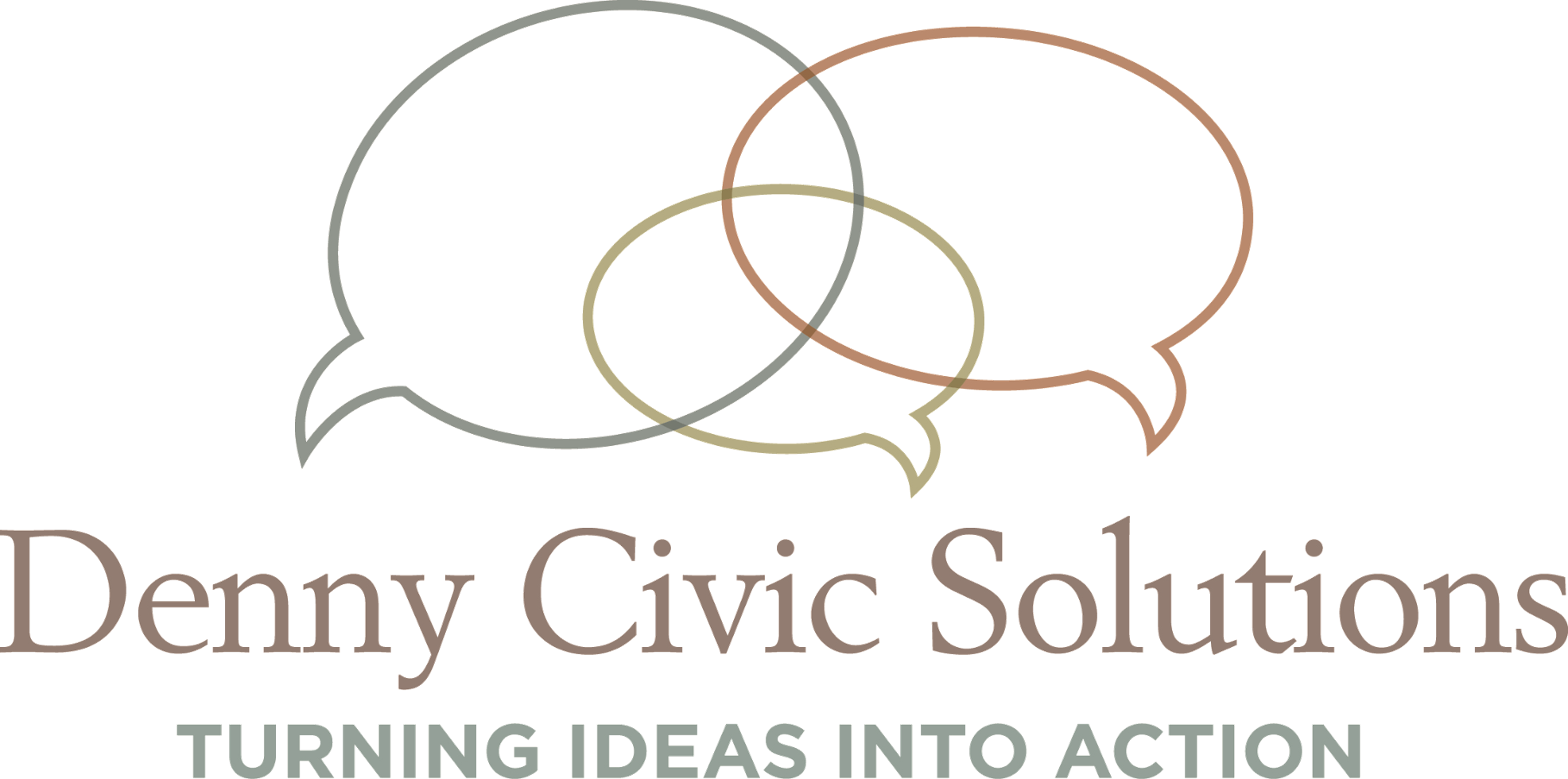The Biggest Challenge for a New Foundation? Measuring Impact.
Getting a foundation off the ground is never an easy task. Between assembling a board, staffing the organization, determining grantmaking priorities, engaging in strategic planning, and addressing a thousand other logistical challenges, it still leaves one looming question which is arguably the most important of all: How do you measure the impact of a newly formed foundation?
There are many widely accepted ways to do so, such as using logic models, focusing on outcome-based grant making, utilizing cross-programmatic analysis, and more.
But I want to suggest another way of measuring that impact – namely, leveraging early seed funding to attract larger investments and partnerships. As a case study, let’s look at a foundation Denny Civic Solutions is proud to call a client:
The Chuck Noll Foundation (or CNF) was formed in late 2016 with a $1 million contribution from the Pittsburgh Steelers. It was named to honor legendary Steelers Coach Chuck Noll, who was a pioneer in exploring concussion diagnoses and treatment in the NFL. In fact, it was Chuck Noll’s early inquiry that led to the development of the ImPACT test, which has now tested over 12 million athletes across sports and across the country.
To date, the Foundation has contributed over $1.2 million to nine early-stage, innovative research projects designed to better diagnose, treat, and prevent brain injury resulting from sports-related activities. Guided by its National Science Advisory Committee, the Foundation has funded research projects at the University of Pittsburgh, Carnegie Mellon University, UPMC, and West Virginia University.
Now, as the Foundation prepares to enter its fourth year, the question is this: what have its early-stage, highly-targeted smaller grants resulted in thus far? Let’s look at three examples:
Example #1 Novel Systems for Concussion Monitoring and Treatment: Detection and Suppression of Brain Tsunamis — Dr. Pulkit Grover, CMU.
CNF invested $150,000 in Dr. Grover’s research to better detect whether a concussion patient’s brain is healing or not through a noninvasive EEG system, thus allowing for altered treatment if needed. This small seed investment has led to over $20 million in total funding from sources including DARPA, the Center for Machine Learning and Health, and the Pennsylvania Infrastructure Technology Alliance.
Example #2 Docosahexaenoic Acid and Presynaptic Mechanisms in Mild Traumatic Brain Injury — Drs. Edward Dixon and Shaun Carlson, University of Pittsburgh.
CNF invested $150,000 in Drs. Dixon and Carlson’s research to better understand, identify therapeutic strategies, and promote synaptic and functional improvement after mild traumatic brain injury. This initial investment helped Pitt to then secure an R21 grant from the National Institute of Health (NIH), which will almost double the amount of the original CNF grant.
Example #3 University of Pittsburgh Brain Bank — Drs. Julia Kofler and Oscar Lopez
The University of Pittsburgh Brain Bank is the largest brain bank in the United States. In partnership with The Pittsburgh Foundation, the CNF approved a seed grant to expand the brain bank to study the brains of deceased professional athletes. This grant helped lay the groundwork for the Brain Bank to participate in a truly exciting international study, led by a multicenter consortium of similar facilities and supported by the NIH.
For “small but mighty” foundations still in their early years, leveraging seed grants to secure additional funding and partnerships isn’t just one way to measure success – it’s a fundamental strategy if that foundation wants to make a real impact right out of the gate. Denny Civic Solutions salutes the work of the Chuck Noll Foundation and that of its grantees. We’re thrilled to be a part of expanding that impact more and more with every passing year.

